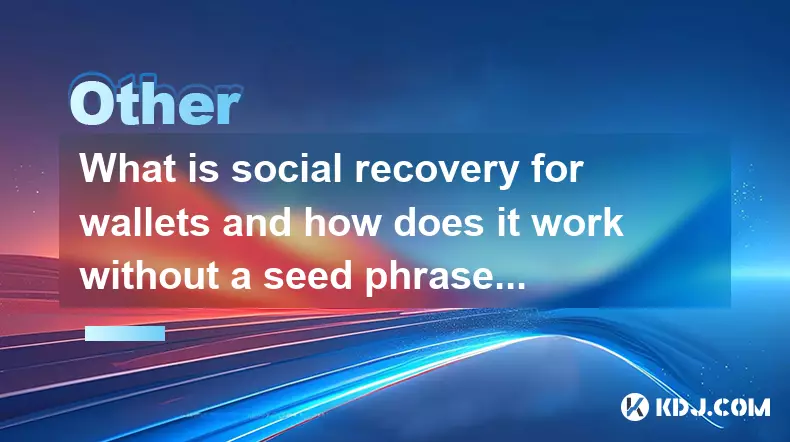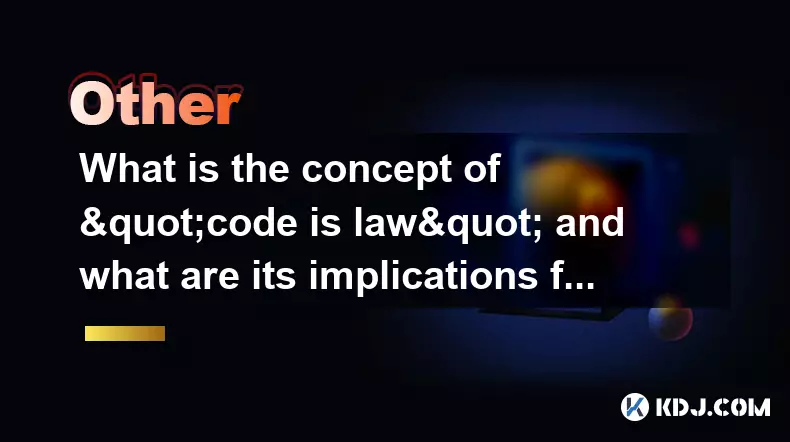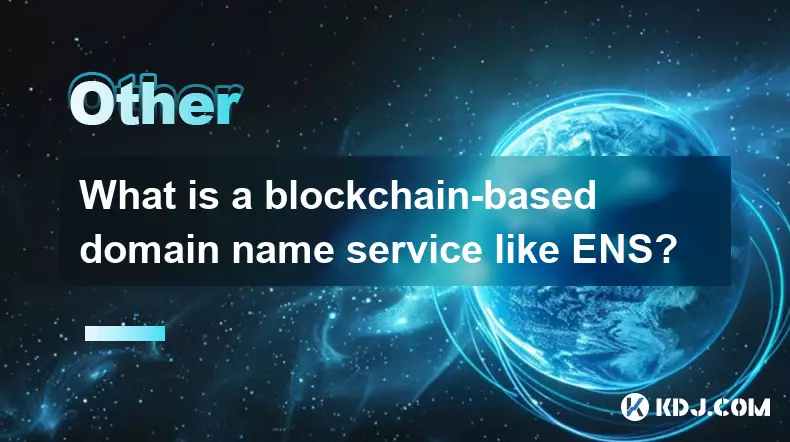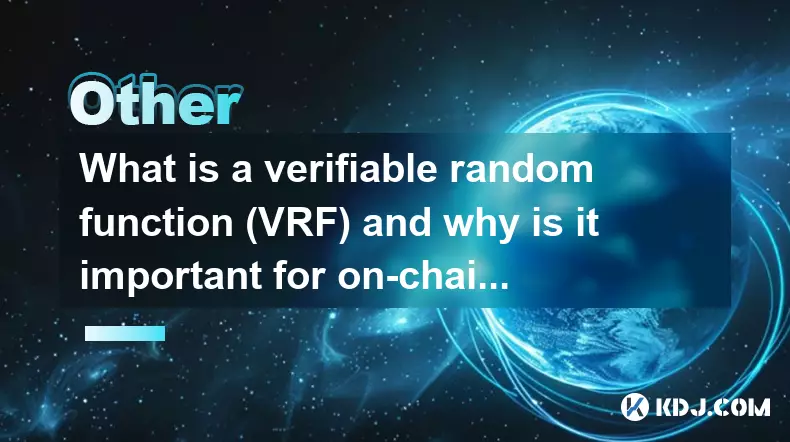-
 bitcoin
bitcoin $102877.190955 USD
1.88% -
 ethereum
ethereum $3430.435064 USD
4.52% -
 tether
tether $0.999264 USD
-0.05% -
 xrp
xrp $2.307310 USD
4.49% -
 bnb
bnb $987.740692 USD
3.82% -
 solana
solana $161.947760 USD
3.97% -
 usd-coin
usd-coin $0.999712 USD
-0.05% -
 tron
tron $0.292810 USD
2.93% -
 dogecoin
dogecoin $0.179738 USD
10.70% -
 cardano
cardano $0.580716 USD
8.75% -
 hyperliquid
hyperliquid $42.463448 USD
8.40% -
 chainlink
chainlink $15.763437 USD
7.05% -
 zcash
zcash $649.595636 USD
17.21% -
 bitcoin-cash
bitcoin-cash $511.610261 USD
7.19% -
 stellar
stellar $0.292537 USD
7.91%
How do Layer 0 protocols aim to achieve blockchain interoperability?
Layer 0 protocols enable seamless cross-chain communication by providing a foundational network that supports interoperability, security, and trustless data transfer across diverse blockchain ecosystems.
Nov 08, 2025 at 09:20 am

Understanding Layer 0 Protocols in Blockchain Architecture
1. Layer 0 protocols serve as the foundational infrastructure upon which multiple blockchains can operate and communicate. Unlike Layer 1 or Layer 2 solutions that focus on scalability within a single chain, Layer 0 is designed to enable cross-chain functionality from the ground up. These protocols establish the communication channels and data transfer mechanisms necessary for different blockchain ecosystems to interact seamlessly.
2. One of the core functions of Layer 0 is providing a network layer that supports heterogeneous blockchain architectures. This means that chains built on different consensus mechanisms, programming languages, or token standards can still exchange information. By abstracting the underlying technical differences, Layer 0 allows developers to build applications that span across multiple networks without requiring each chain to natively support interoperability features.
3. Layer 0 achieves this by introducing relay systems and message-passing frameworks. These components act as intermediaries, verifying transactions and state changes across distinct blockchains. The protocol ensures that messages sent from one chain are authenticated and correctly interpreted by the receiving chain, maintaining integrity and consistency across ecosystems.
4. A key innovation in Layer 0 design is the use of shared validation layers or decentralized routers. Instead of relying on centralized bridges or trusted third parties, these systems distribute the verification process among independent nodes. This approach reduces single points of failure and enhances security when transferring assets or data between chains.
Interoperability Mechanisms Employed by Layer 0
1. Cross-chain messaging is one of the primary tools used by Layer 0 protocols to facilitate interoperability. Through standardized message formats and secure routing paths, blockchains can send instructions, asset transfers, or smart contract calls to other chains. These messages are cryptographically signed and verified by validator sets specific to the Layer 0 network.
2. Some Layer 0 solutions implement what is known as a 'universal state proof' mechanism. This allows one blockchain to verify the state of another chain without needing to run its full node. By leveraging light clients and succinct proofs, such as zk-SNARKs or SPV (Simple Payment Verification), Layer 0 enables efficient and trustless verification across diverse networks.
3. Decentralized oracle networks are also integrated into certain Layer 0 designs to fetch off-chain data and deliver it across multiple blockchains. These oracles are not limited to price feeds; they can relay real-world events, governance decisions, or even signals from IoT devices, expanding the scope of cross-chain applications.
4. Modular architecture is another defining trait. Layer 0 separates concerns like networking, consensus, and data availability so that individual blockchains can plug into the ecosystem with minimal configuration. This modularity allows for greater flexibility and faster deployment of new interconnected chains.
Security and Trust Models in Layer 0 Networks
1. Security in Layer 0 protocols often relies on a shared set of validators or a dedicated proof-of-stake network responsible for monitoring and confirming cross-chain transactions. These validators stake native tokens as collateral, creating economic disincentives against malicious behavior.
2. The use of cryptographic finality checks ensures that only irreversible transactions are relayed between chains, minimizing the risk of reorg attacks or double-spending across ecosystems. Finality detection mechanisms analyze block confirmations and consensus rules of source chains before allowing message propagation.
3. Trust assumptions vary depending on the implementation. Some Layer 0 networks require users to trust the honesty of a majority of validators, while others aim for trust-minimized models by incorporating zero-knowledge proofs or threshold signatures to reduce reliance on any single entity.
4. Regular audits, formal verification of smart contracts, and open-source development practices further strengthen the reliability of Layer 0 systems. Transparency in validator operations and upgrade procedures helps maintain confidence among participating chains and end users.
Frequently Asked Questions
What distinguishes Layer 0 from blockchain bridges?Layer 0 provides a native interoperability framework that connects blockchains at the architectural level, whereas most bridges are application-layer solutions built on top of existing chains. Bridges often rely on custodial or semi-trusted models, while Layer 0 aims to decentralize and standardize cross-chain communication from the base layer.
Can Layer 0 protocols support non-EVM blockchains?Yes, Layer 0 protocols are specifically designed to be agnostic to execution environments. They can connect EVM-based chains like Ethereum with non-EVM chains such as Solana, Polkadot, or Bitcoin through adaptable messaging and verification layers.
How do Layer 0 networks handle transaction fees for cross-chain operations?Fees are typically paid in the native token of the Layer 0 network. These tokens compensate validators and cover computational costs associated with message relaying, proof verification, and network maintenance. Some systems allow fee delegation or dynamic pricing based on congestion levels.
Disclaimer:info@kdj.com
The information provided is not trading advice. kdj.com does not assume any responsibility for any investments made based on the information provided in this article. Cryptocurrencies are highly volatile and it is highly recommended that you invest with caution after thorough research!
If you believe that the content used on this website infringes your copyright, please contact us immediately (info@kdj.com) and we will delete it promptly.
- BlockDAG, Avalanche, Dogecoin: Crypto's Leading Trio in 2025
- 2025-11-07 22:05:01
- Layer 2 Coins: Will There Be a Potential Explosion by 2026?
- 2025-11-07 16:50:02
- Filecoin, ICP, and the AI Infrastructure Renaissance: Is History Repeating?
- 2025-11-07 16:50:02
- Bitcoin's Wild Ride: Surges, Zeros, and the Search for Stability
- 2025-11-07 17:05:01
- XRP, Bitcoin, and the Rally: What's the Deal, New York?
- 2025-11-07 17:25:01
- Filecoin, DePIN, and a Technical Breakout: What's the Buzz?
- 2025-11-07 17:05:01
Related knowledge

What is social recovery for wallets and how does it work without a seed phrase?
Nov 08,2025 at 08:39am
Social Recovery in Cryptocurrency Wallets1. Social recovery is a mechanism designed to help users regain access to their cryptocurrency wallets withou...

What is the concept of "code is law" and what are its implications for smart contracts?
Nov 08,2025 at 12:59pm
Understanding the Concept of 'Code is Law'1. The phrase 'code is law' originates from the cypherpunk and early blockchain communities, emphasizing tha...

How do Layer 0 protocols aim to achieve blockchain interoperability?
Nov 08,2025 at 09:20am
Understanding Layer 0 Protocols in Blockchain Architecture1. Layer 0 protocols serve as the foundational infrastructure upon which multiple blockchain...

What is a blockchain-based domain name service like ENS?
Nov 08,2025 at 09:39am
Understanding Blockchain-Based Domain Name Services1. A blockchain-based domain name service, such as Ethereum Name Service (ENS), functions as a dece...

What is a verifiable random function (VRF) and why is it important for on-chain gaming?
Nov 08,2025 at 10:19am
Understanding Verifiable Random Functions (VRF)1. A verifiable random function (VRF) is a cryptographic primitive that generates a random output along...

What is the difference between a protocol and an application in the blockchain space?
Nov 08,2025 at 04:39am
Understanding Blockchain Protocols1. A blockchain protocol refers to the foundational layer that defines the rules and standards for how data is trans...

What is social recovery for wallets and how does it work without a seed phrase?
Nov 08,2025 at 08:39am
Social Recovery in Cryptocurrency Wallets1. Social recovery is a mechanism designed to help users regain access to their cryptocurrency wallets withou...

What is the concept of "code is law" and what are its implications for smart contracts?
Nov 08,2025 at 12:59pm
Understanding the Concept of 'Code is Law'1. The phrase 'code is law' originates from the cypherpunk and early blockchain communities, emphasizing tha...

How do Layer 0 protocols aim to achieve blockchain interoperability?
Nov 08,2025 at 09:20am
Understanding Layer 0 Protocols in Blockchain Architecture1. Layer 0 protocols serve as the foundational infrastructure upon which multiple blockchain...

What is a blockchain-based domain name service like ENS?
Nov 08,2025 at 09:39am
Understanding Blockchain-Based Domain Name Services1. A blockchain-based domain name service, such as Ethereum Name Service (ENS), functions as a dece...

What is a verifiable random function (VRF) and why is it important for on-chain gaming?
Nov 08,2025 at 10:19am
Understanding Verifiable Random Functions (VRF)1. A verifiable random function (VRF) is a cryptographic primitive that generates a random output along...

What is the difference between a protocol and an application in the blockchain space?
Nov 08,2025 at 04:39am
Understanding Blockchain Protocols1. A blockchain protocol refers to the foundational layer that defines the rules and standards for how data is trans...
See all articles





















![The Graph Price Prediction [GRT Crypto Price News Today] The Graph Price Prediction [GRT Crypto Price News Today]](/uploads/2025/11/07/cryptocurrencies-news/videos/690d4df44fe69_image_500_375.webp)



















































